Understanding the Wilderness Protocol: A Lifeline for Ham Radio Operators in Remote Areas
The Wilderness Protocol is a system designed for ham radio operators who find themselves outside of repeater coverage, particularly in remote locations where traditional communication options may not be available. Its purpose is to ensure that emergency or priority calls can still be received by others monitoring certain frequencies.
At its core, the protocol encourages operators to keep an ear on specific simplex channels at designated times, especially in wilderness areas where repeaters may not reach. The primary frequency for this purpose is 146.52 MHz, while secondary frequencies include 52.525 MHz, 223.5 MHz, 446.0 MHz, and 1294.5 MHz.
Originally developed with hikers, backpackers, and outdoor enthusiasts in mind, the Wilderness Protocol is not limited to just those in the wilderness. In fact, it can be beneficial for any ham radio operator when repeater coverage is unavailable. The success of this system relies on widespread participation—if more operators follow the protocol, the chances of receiving an emergency call increase significantly.
Recommended Monitoring Schedule
To maximize the effectiveness of the Wilderness Protocol, the system suggests that operators who can should monitor the primary frequency (and secondary ones, if possible) at regular intervals. The recommended schedule is as follows:
- 7:00 AM (local time) — for 5 minutes
- 10:00 AM — for 5 minutes
- 1:00 PM — for 5 minutes
- 4:00 PM — for 5 minutes
- 7:00 PM — for 5 minutes
- 10:00 PM — for 5 minutes
For those with enough power and resources, continuous monitoring or checking in for 5 minutes at the top of every hour is encouraged.
Pro Tip: If you’re using a scanner, it’s a good idea to program the primary and secondary frequencies (146.52 MHz, 52.525 MHz, 223.5 MHz, 446.0 MHz, and 1294.5 MHz) to ensure you don’t miss any important transmissions.
Protocol for Emergency Communications
When sending priority or emergency messages, it’s recommended to begin the transmission with the LiTZ signal (a Long Tone Zero). This serves as an alert to other operators that the transmission is of high priority.
Additionally, operators looking to make general calls (akin to a CQ call) should wait until four minutes past the hour before transmitting. This ensures that they don’t interfere with critical communications from others.
Conclusion
While initially designed for outdoor enthusiasts, the Wilderness Protocol can be a vital tool for any ham radio operator when traveling in areas beyond the reach of repeaters. By following these simple guidelines and staying vigilant, you contribute to a system that can help save lives in emergencies. So, whether you’re an avid hiker or just operating in an area with limited repeater coverage, consider adopting the Wilderness Protocol to keep communication lines open when they are needed most.


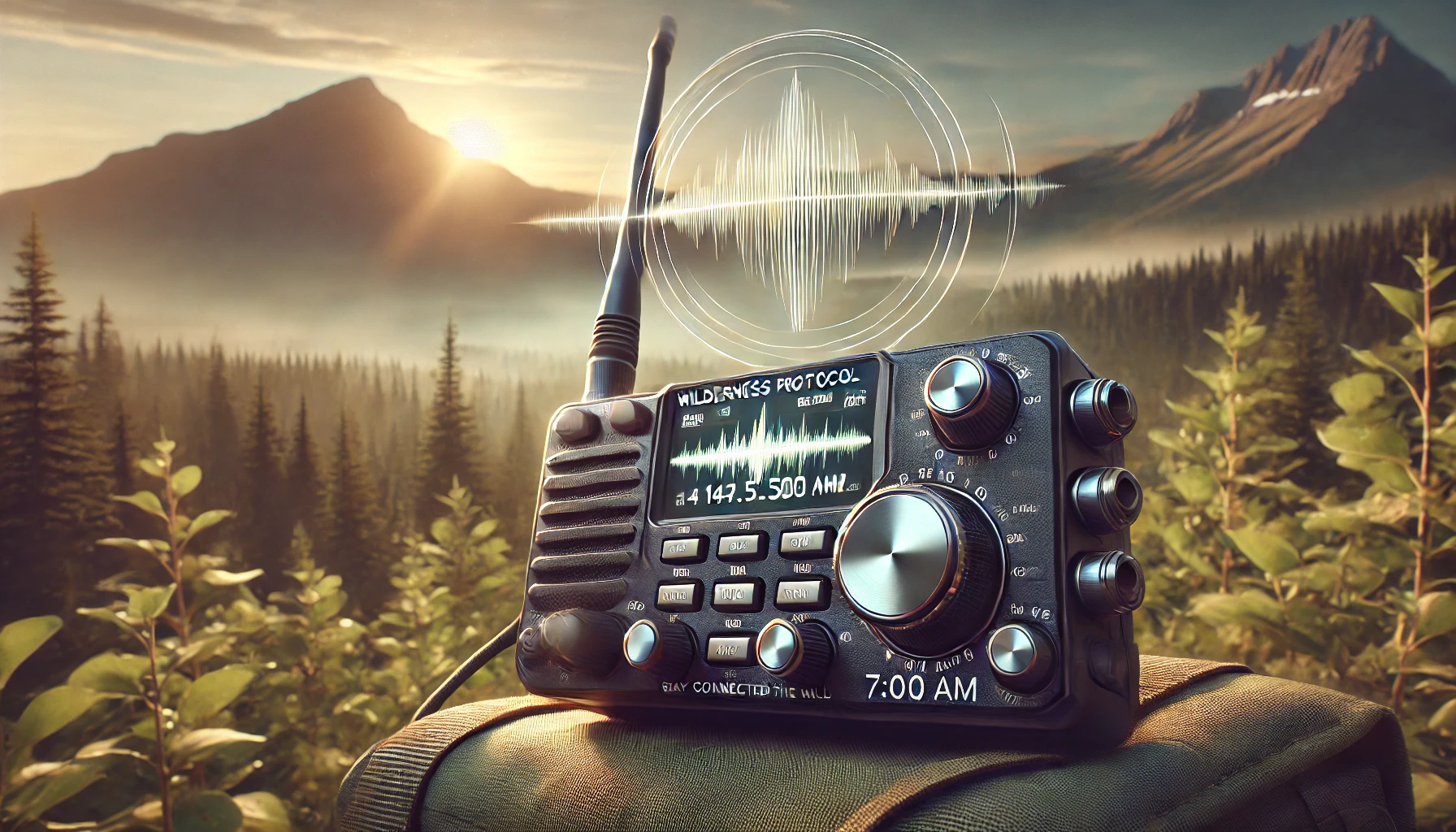
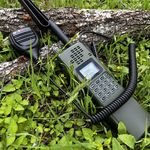
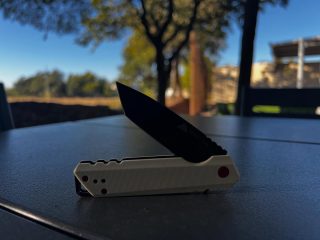
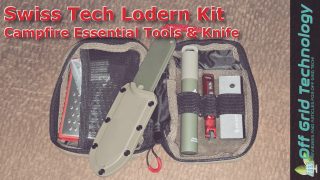
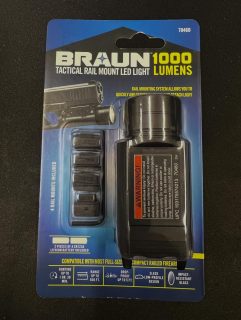

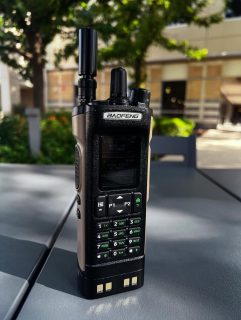
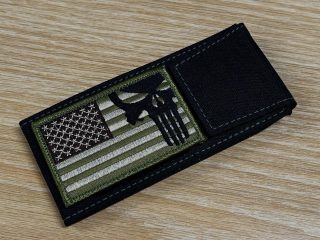
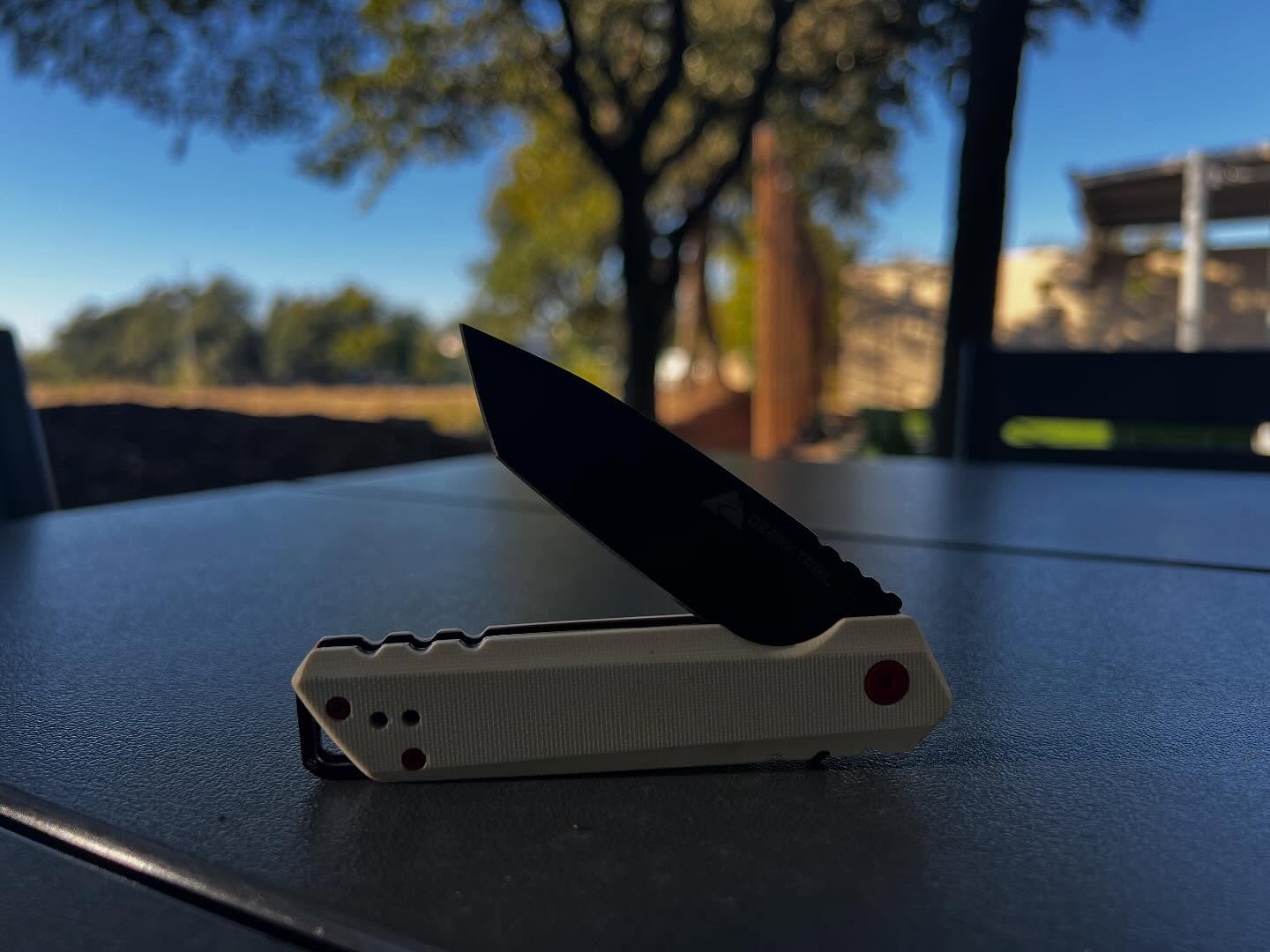
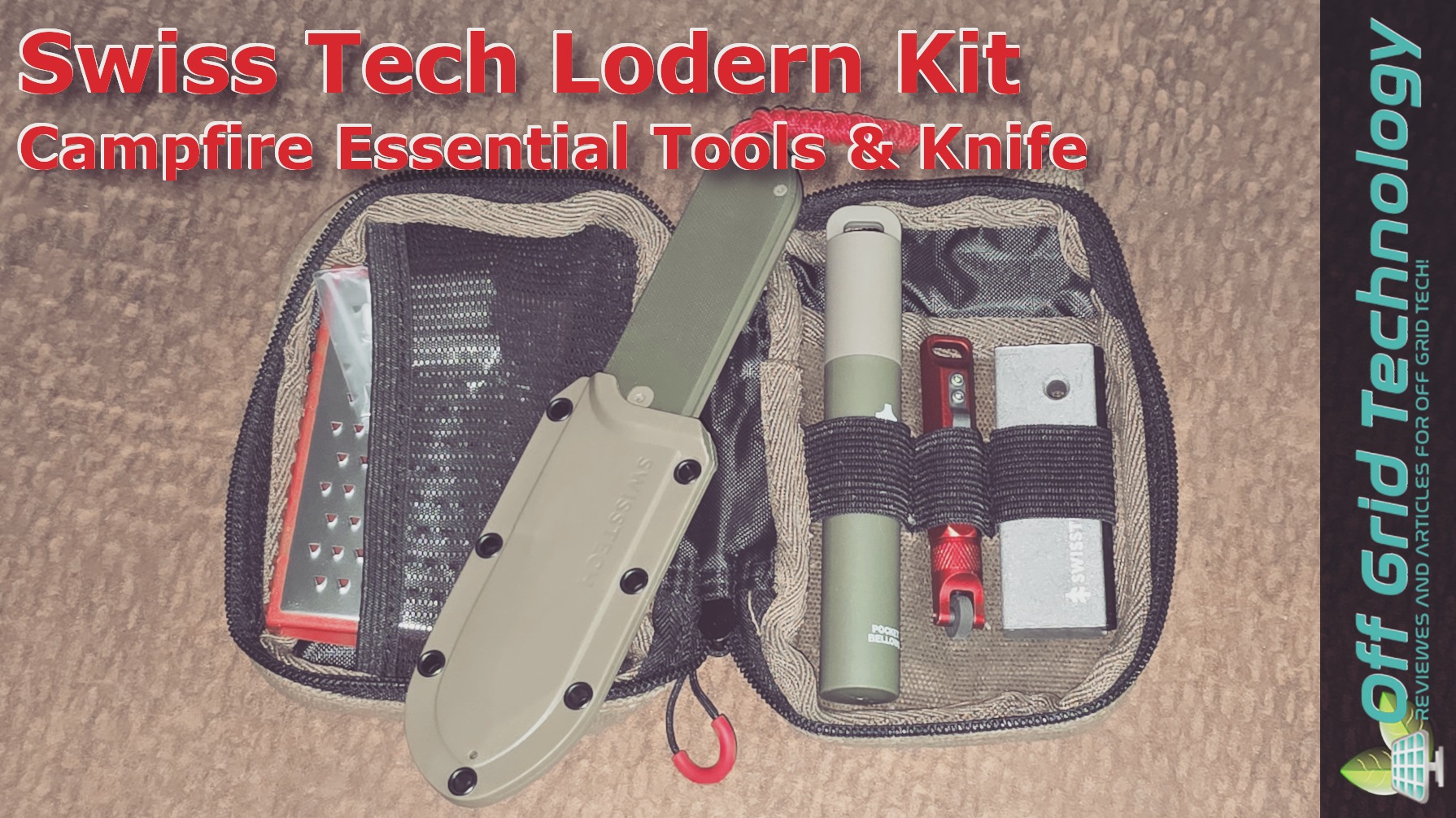
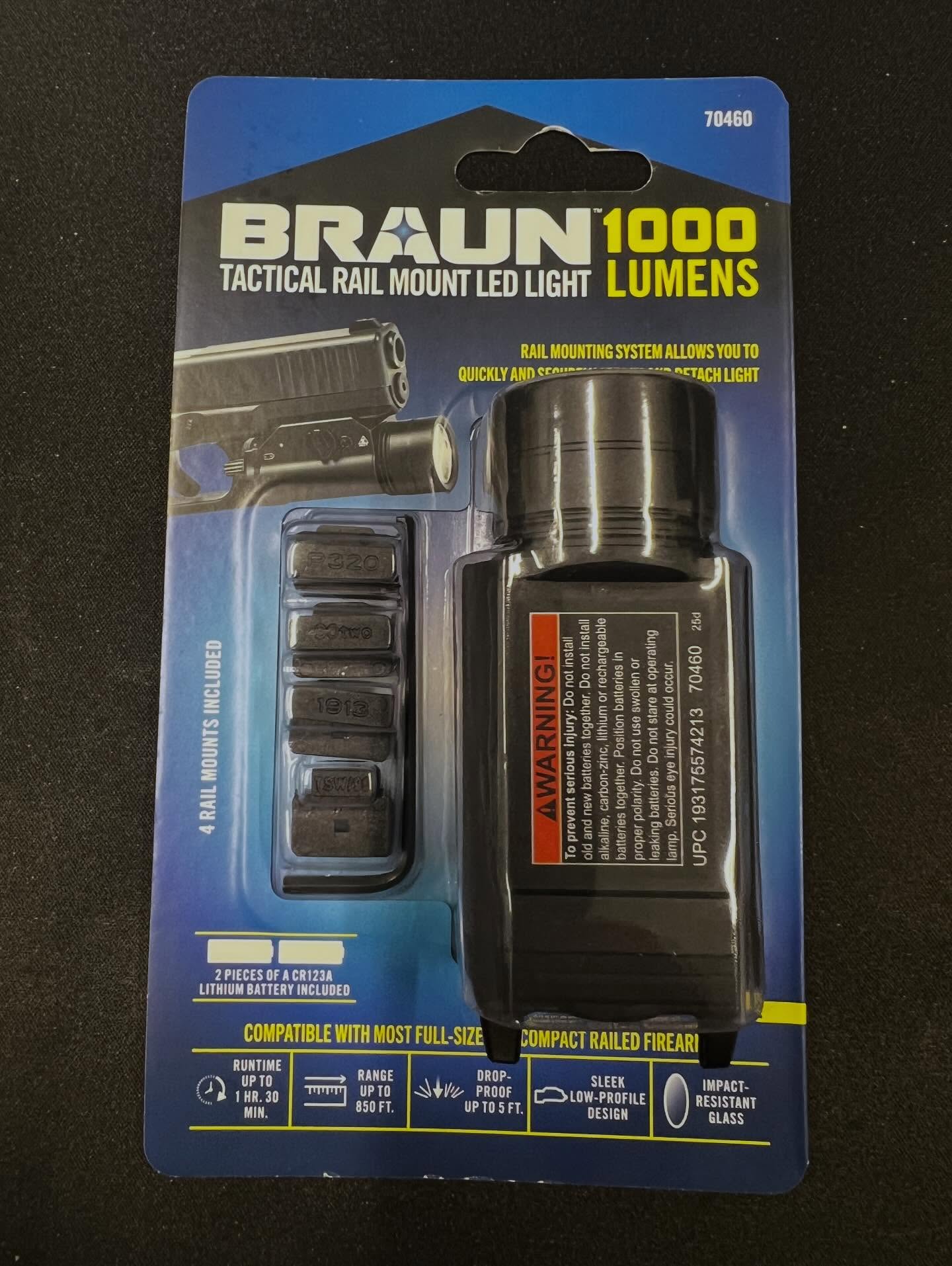
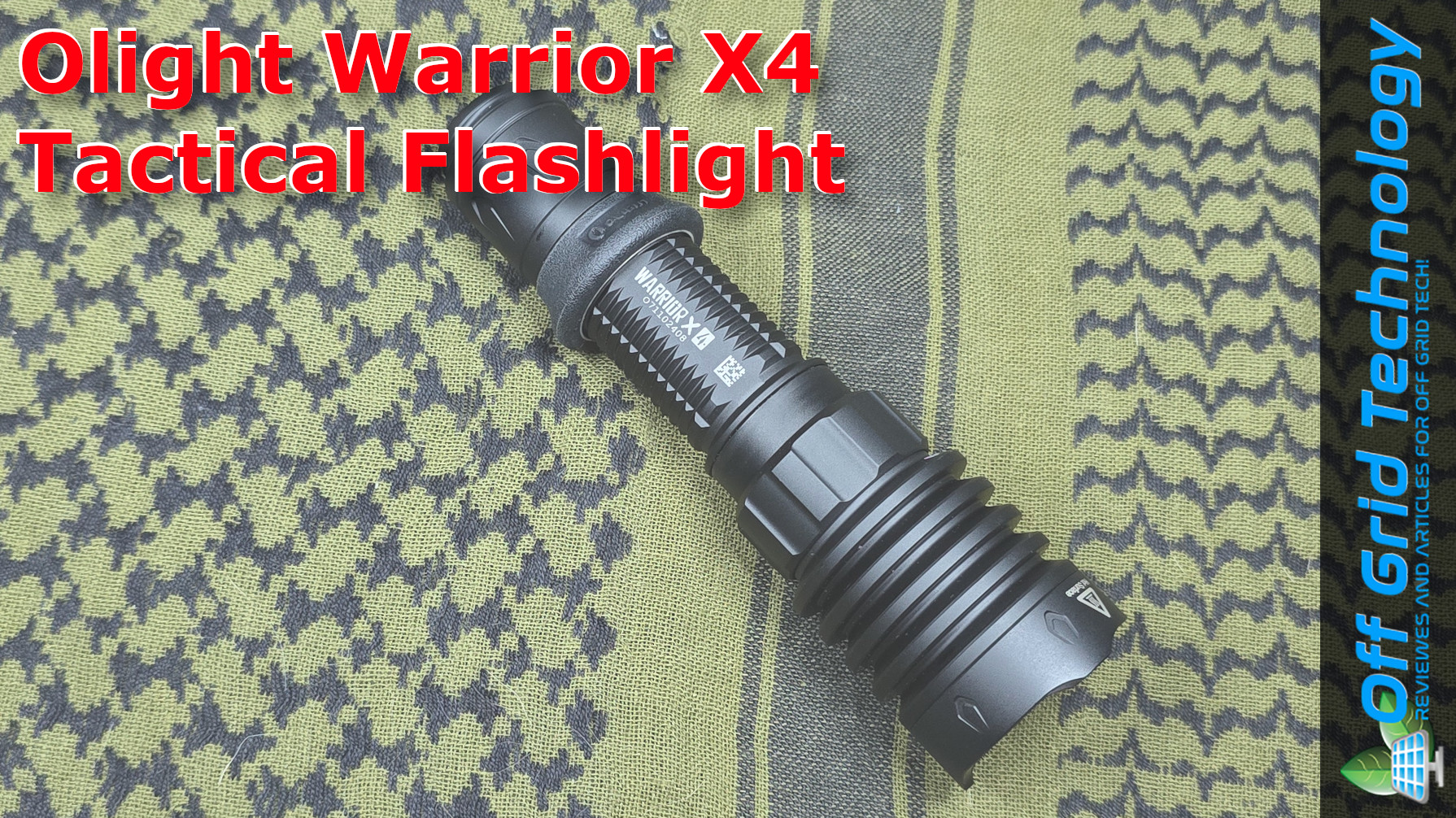
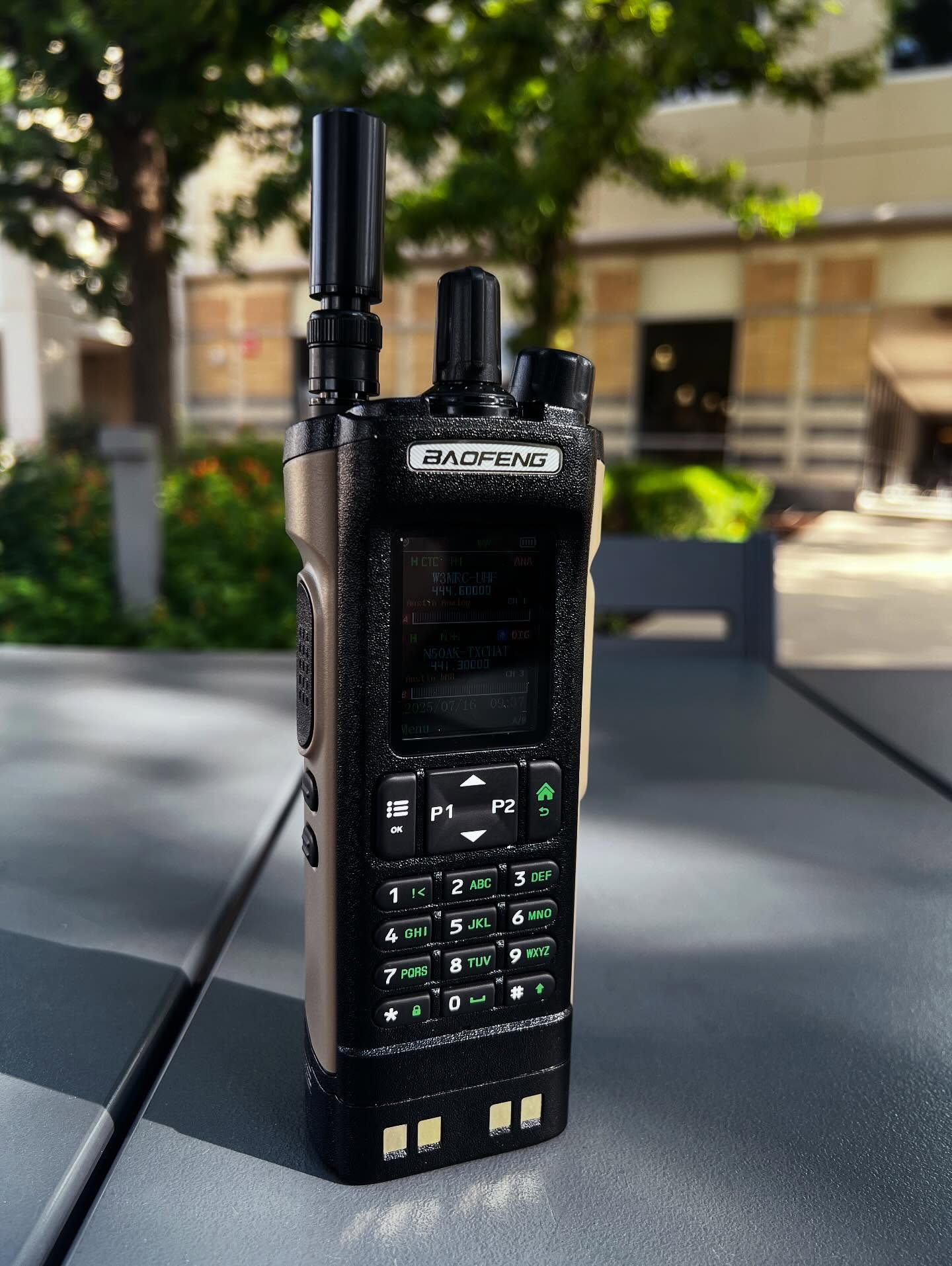



Leave a Reply